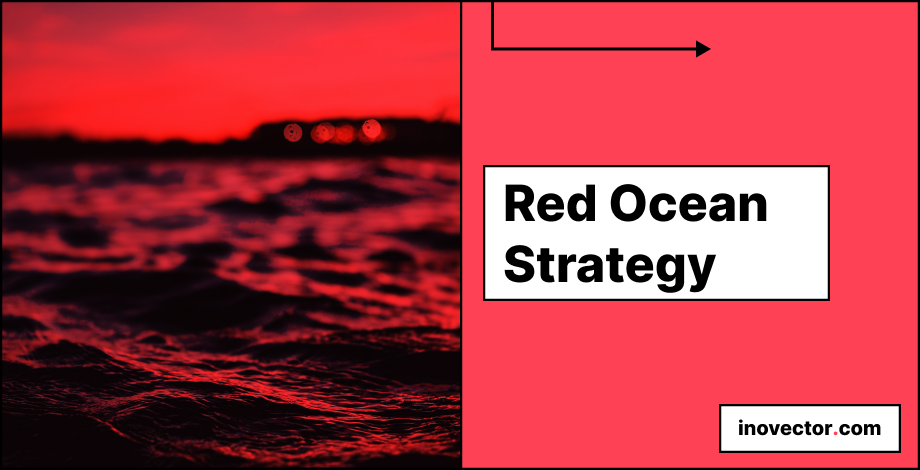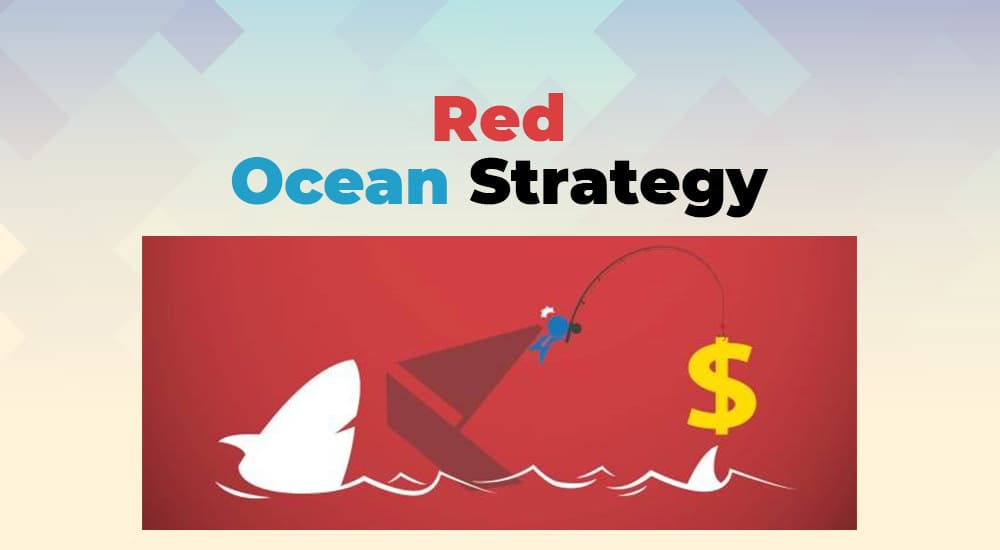RED OCEAN STRATEGY
Are you looking RED OCEAN STRATEGY?
Title: Understanding the Red Ocean Strategy: Key Insights for Business Success
In the world of business strategy, two main concepts dominate the competitive landscape: Red Ocean Strategy and Blue Ocean Strategy. While the Blue Ocean Strategy focuses on creating uncontested market space and innovation, the Red Ocean Strategy involves competing in existing markets, where businesses fight for market share.
In this article, we will dive deep into the Red Ocean Strategy, its characteristics, and how businesses can effectively navigate it to thrive in highly competitive industries.
What is Red Ocean Strategy?
The term “Red Ocean” refers to industries or markets that are heavily saturated with competitors. In these environments, businesses fight tooth and nail for a share of the market, often resulting in fierce competition and shrinking profit margins. The waters in a Red Ocean metaphorically turn “red” from the blood of rivals battling for dominance.
The Red Ocean Strategy is a traditional approach to business where companies compete within the established boundaries of a market. Instead of creating new demand, firms look to outperform rivals in order to capture a larger share of existing market space.

Key Characteristics of Red Ocean Strategy
- Intense Competition: Red Oceans are filled with numerous competitors, all aiming for the same customers. The more players in the market, the more aggressive the competition becomes.
- Market Saturation: The products or services in these markets are typically well-defined, and innovation tends to be incremental. Companies are often competing on price, features, and customer loyalty.
- Reduced Profit Margins: As competition intensifies, price wars and other tactics often drive down profit margins. Companies must continuously work to differentiate themselves in order to maintain their position.
- Limited Growth: In a Red Ocean, growth opportunities are limited because the market is finite. Companies must focus on capturing market share from existing players, which can be a slow and challenging process.
How to Thrive in a Red Ocean?
While the Red Ocean Strategy might sound challenging, it’s not impossible to succeed in a saturated market. Here are some effective approaches to thrive in a competitive environment:
1. Focus on Differentiation
In a crowded marketplace, the key to standing out is differentiation. Businesses can achieve this by offering unique value propositions, superior customer service, or better product quality. Differentiating your offering allows you to command higher prices and build customer loyalty despite the intense competition.
For example, Apple’s emphasis on sleek design and a seamless user experience helped it rise above its competition in the highly saturated smartphone market. Instead of engaging in a price war, Apple capitalized on its unique brand identity.
2. Cost Leadership
Another effective approach in a Red Ocean is cost leadership. This strategy involves becoming the lowest-cost producer in your industry, allowing you to offer competitive prices without sacrificing profitability. Companies that adopt cost leadership can dominate price-sensitive customers and maintain profitability even in a highly competitive market.
An excellent example of cost leadership is Walmart, which uses economies of scale and efficient logistics to offer low prices while maintaining healthy margins.
3. Niche Marketing
One way to succeed in a saturated market is by targeting a specific niche or underserved market segment. By narrowing your focus, you can tailor your products, services, and marketing efforts to meet the specific needs of that group, avoiding direct competition with the larger players.
Tesla initially entered the automotive market by targeting high-end electric vehicles, a niche segment, before expanding into more affordable models. This approach allowed the company to differentiate itself in the crowded auto market.
4. Customer Loyalty and Retention
Acquiring new customers can be expensive, especially in a competitive market. In a Red Ocean, customer loyalty becomes a valuable asset. Developing a customer retention strategy through loyalty programs, personalized services, and excellent customer support can help businesses maintain a strong customer base.
Amazon’s Prime membership program is a perfect example of how a company can use customer loyalty as a strategic advantage in a competitive marketplace. Through added perks and exclusive offers, Amazon has cultivated a loyal customer base willing to pay for the privilege of faster shipping and other benefits.
5. Innovative Marketing Strategies
When competing in a saturated market, creative and innovative marketing can help capture attention and build a strong brand presence. Social media, influencer marketing, and unique storytelling can make your business stand out in the eyes of consumers.
For instance, brands like Nike have leveraged emotional storytelling and athlete endorsements to create compelling marketing campaigns that resonate deeply with consumers, driving both loyalty and market share.
Risks of the Red Ocean Strategy
While the Red Ocean Strategy can be successful, it is not without its risks. Companies that focus solely on competing in existing markets may become complacent, missing out on new opportunities for growth. Over-reliance on price competition can erode profit margins, and businesses may struggle to maintain their competitive edge in the long run.
Additionally, the Red Ocean environment often leads to industry disruption. New entrants or technological advances can quickly shift the balance of power, leaving established companies vulnerable if they fail to innovate or adapt.
Conclusion
The Red Ocean Strategy offers a clear path for businesses to compete in established markets. By focusing on differentiation, cost leadership, niche marketing, customer loyalty, and creative marketing, companies can successfully navigate these waters and thrive despite intense competition.
However, businesses must remain agile and ready to adapt to market changes. While fighting for market share in a saturated market is challenging, it also presents opportunities for companies that are willing to innovate and stay ahead of the competition.
If you’re operating in a Red Ocean, remember that success requires persistence, strategic planning, and the ability to stand out from the crowd. Ultimately, mastering the Red Ocean Strategy could be the key to achieving sustained success in your industry.

[WPSM_AC id=294]
